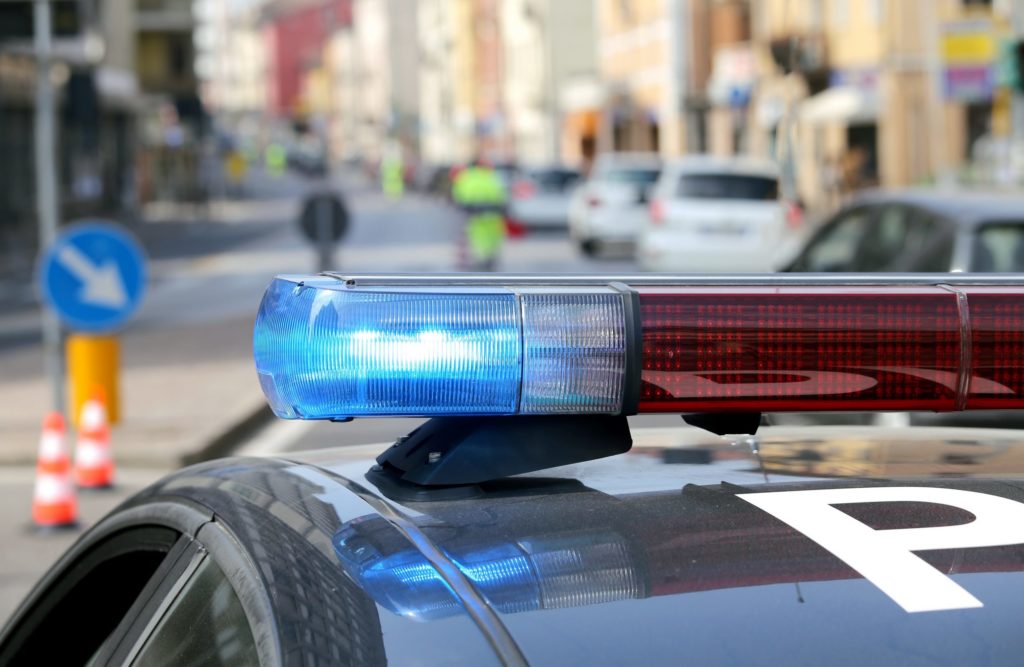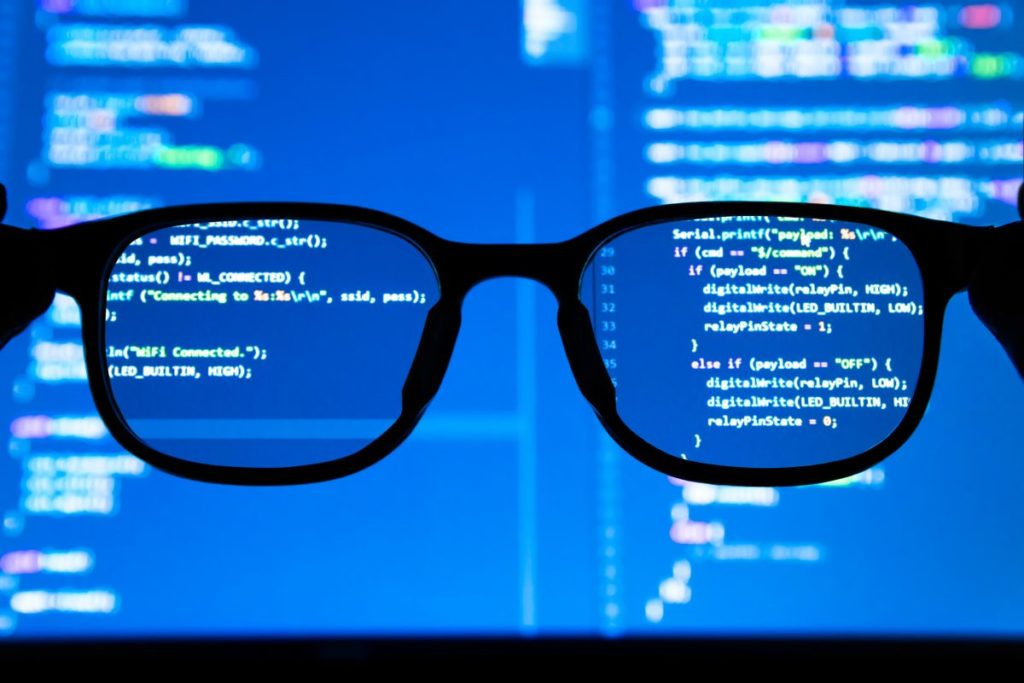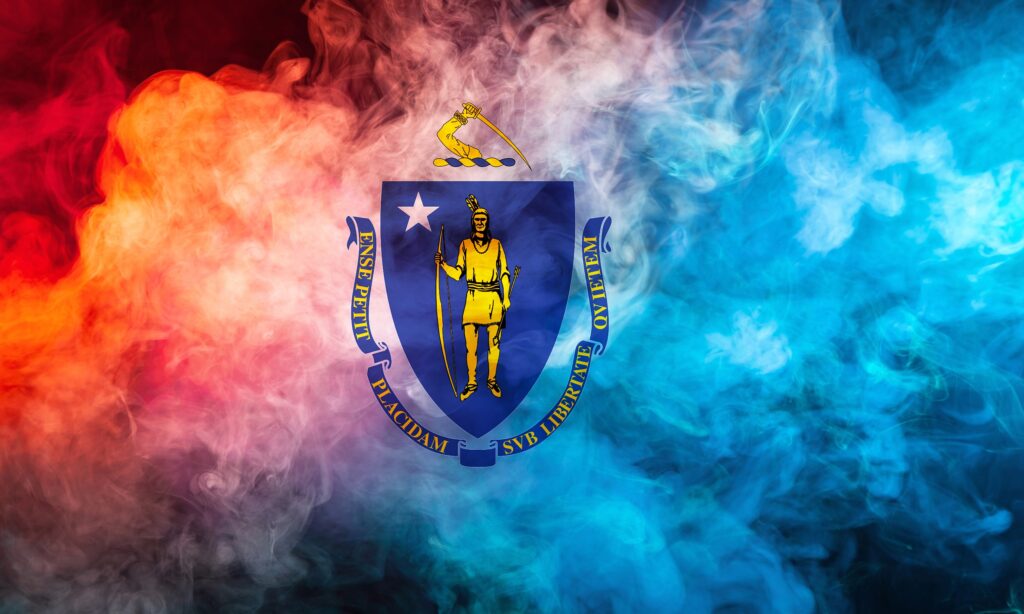Equip police more like Batman and less like G.I. Joe
Top Points:
- Since 2006, police departments have procured over 435 armored vehicles, 533 military aircraft and 93,763 machine guns.
- Recent research suggests that police departments’ growing use of these military weapons contributes to a concomitant uptick in police violence.
- One explanation for the relationship between military gear and police violence is Maslow’s “Law of the Instrument,” which holds that access to a certain tool increases the probability that the tool is used for a given problem when other tools may be more appropriate.
- A frequently overlooked problem with militarization, beyond the troubling uptick in violence, is that military gear often takes the place of more appropriate tools for policing and undermines the job of an officer
- The M-4 is a two-handed weapon system, which means that once officers enter a room with it in hand, they are physically prevented from accessing any other tools in their “utility belt.”
- Surplus military camouflage uniforms, often in the form of woodland camouflage, make police less safe and are bad for the police mission. After all, if it were necessary to hide from urban threats, the proper camouflage would be black, gray and dirty white.
- Armored vehicles give the appearance of an occupying force, and many of them are still painted desert tan and went straight from war to a police motor pool. However, they have very little utility for the police mission and often act instead merely as a drain on precious resources.
- Policing is a dangerous job and it is more than reasonable that officers, especially in larger cities, should have the equipment they need to carry out the job safely, but policy should be tempered by the different missions of soldiering and policing: “To protect and serve” versus “engage and destroy.”
- Departments should recruit candidates with higher general and emotional intelligence scores within a given applicant pool.
- Precious police resources should go to developing the professional body of the force, through professional development and education, and not to pay for jet fuel for an unnecessary armored vehicle.
Image credit: chris howard









